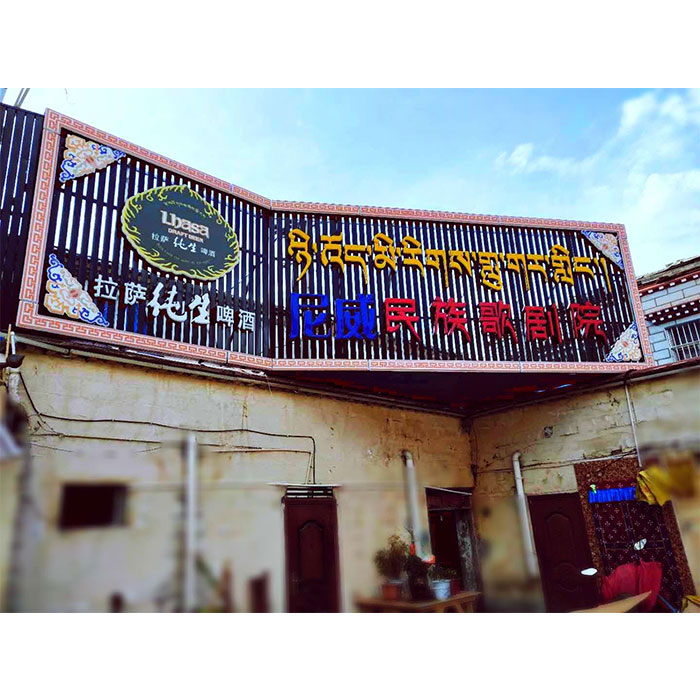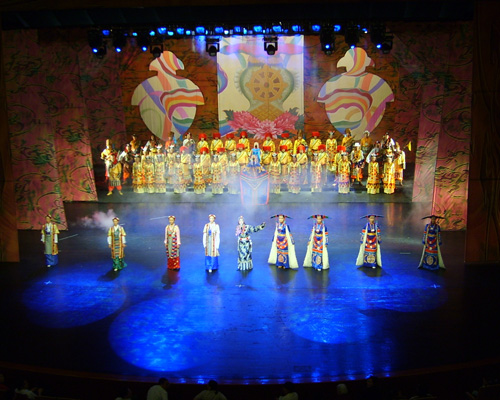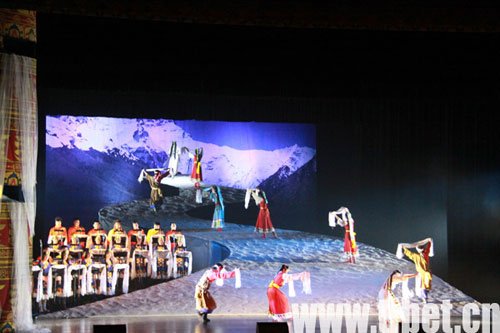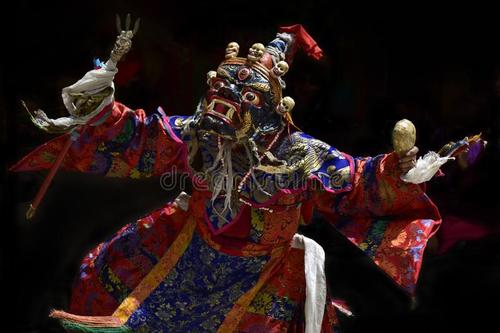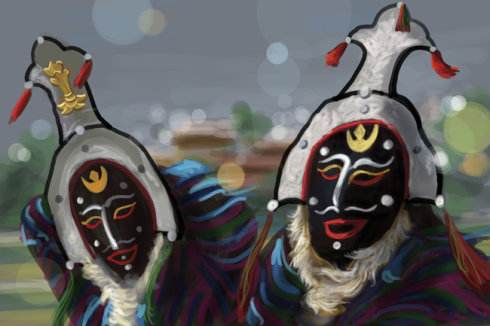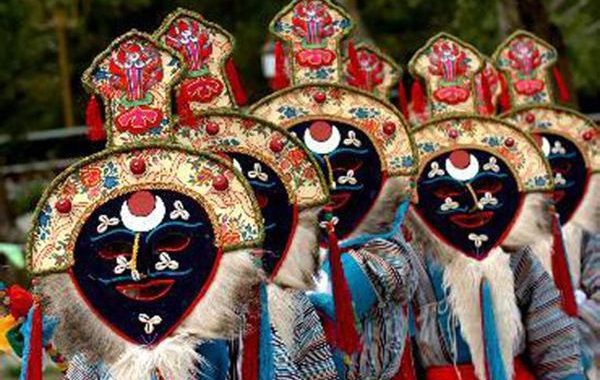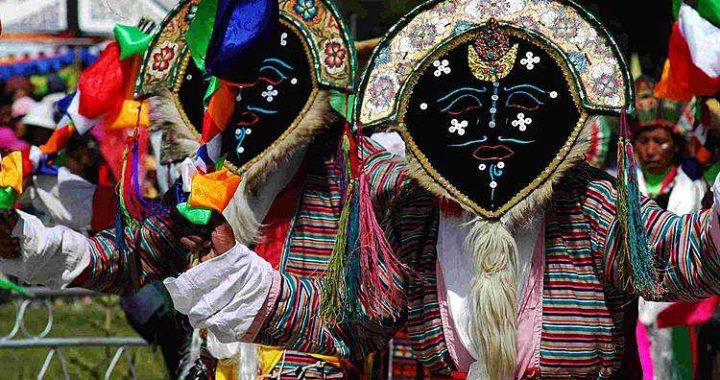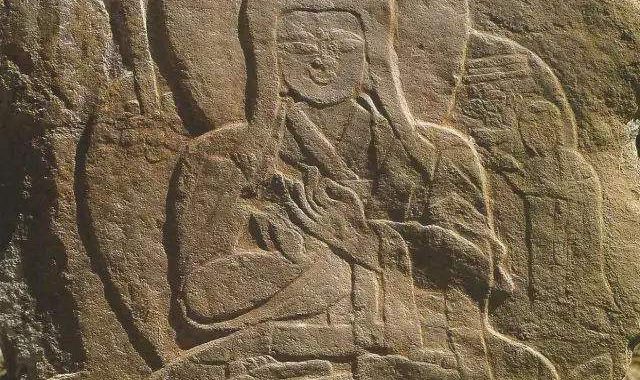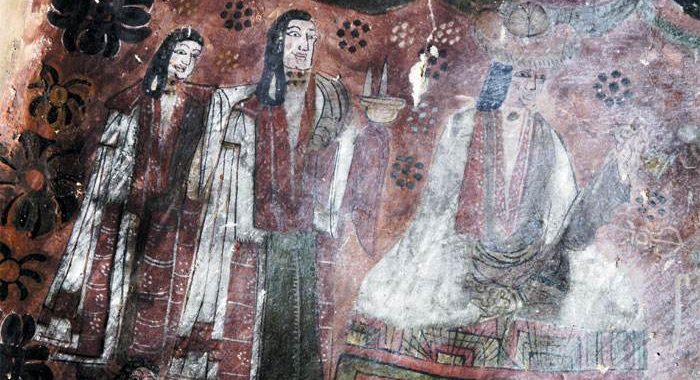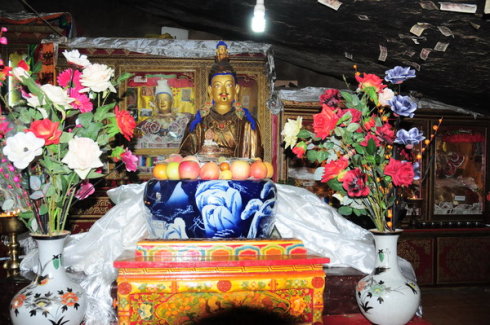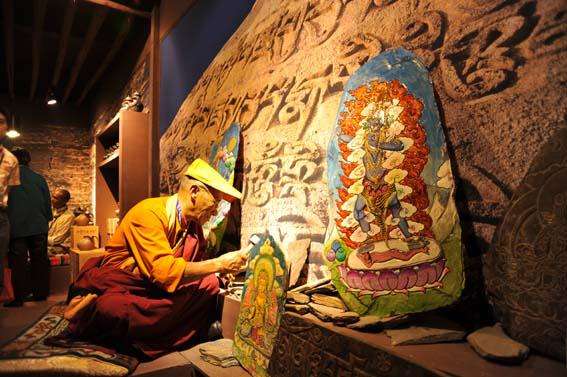The origin of Tibetan opera
2 min read
The origin of the Tibetan opera can be traced back to the period when the Tibetan ethnic group was formed. The first source was the folk singing and dancing of the Tibetan people. For example, the ancient Reba had singing parts,”Ke-gzhas”(reciting of rhyming words), songs of praise, and miscellaneous melodies and playlets, in addition to dancing.
